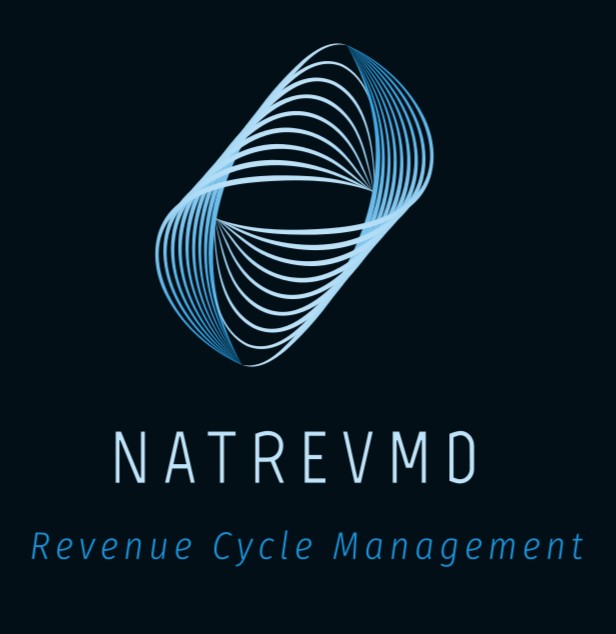In the rapidly evolving landscape of healthcare, making informed and strategic decisions is more critical than ever. Whether you’re contemplating the purchase of new medical equipment, considering an expansion of services, or implementing cutting-edge technology, the foundation of these decisions should be a well-crafted business case. This document not only guides decision-making but also ensures that your healthcare practice remains aligned with its strategic goals, operates efficiently, and delivers high-quality patient care. Let’s delve into the essential components of a business case and explore how it can be leveraged to make sound decisions in the healthcare industry.
Understanding the Business Case
A business case is a structured document that outlines the rationale for undertaking a specific project or initiative. It provides a comprehensive analysis of the problem at hand, the proposed solution, the costs and benefits involved, and a detailed implementation plan. In healthcare, where resources are often limited and the stakes are high, a business case serves as a crucial tool for evaluating the feasibility and impact of potential decisions.
The Core Components of a Business Case
- Problem Statement: Defining the Issue Clearly
- Cost-Benefit Analysis: Weighing the Pros and Cons
- Implementation Plan: Roadmap to Success
1. Problem Statement: Defining the Issue Clearly
The first and arguably most important component of a business case is the problem statement. This section clearly defines the issue or opportunity that the proposed project aims to address. In a healthcare context, this could range from improving patient care and reducing wait times to enhancing operational efficiency or adopting new medical technologies.
Why It’s Important:
- Alignment: Ensures that all stakeholders have a shared understanding of the problem.
- Focus: Helps in maintaining a clear focus on the specific issue, avoiding scope creep.
- Strategic Fit: Ensures that the problem aligns with the overall strategic goals of the healthcare practice.
Example: Suppose a clinic is experiencing long patient wait times, leading to decreased patient satisfaction and potential loss of clientele. The problem statement would clearly articulate this issue, providing relevant data and statistics to highlight the urgency of addressing it.
2. Cost-Benefit Analysis: Weighing the Pros and Cons
The cost-benefit analysis is a critical component that examines the financial and non-financial implications of the proposed solution. This section should provide a detailed assessment of the costs involved in implementing the project, such as initial investment, ongoing maintenance, training, and potential disruptions. It should also highlight the anticipated benefits, including improved patient outcomes, increased revenue, enhanced efficiency, and long-term savings.
Why It’s Important:
- Informed Decision-Making: Provides a clear picture of the financial viability of the project.
- Risk Management: Identifies potential financial risks and prepares mitigation strategies.
- Value Proposition: Demonstrates the overall value and return on investment (ROI) of the project.
Example: For the clinic facing long wait times, a cost-benefit analysis might reveal that investing in a new electronic health record (EHR) system could streamline patient check-ins and reduce wait times. The analysis would compare the costs of purchasing and implementing the EHR system against the expected benefits, such as increased patient throughput and satisfaction.
3. Implementation Plan: Roadmap to Success
The implementation plan outlines the steps required to execute the proposed solution successfully. This section should include a detailed timeline, resource allocation, roles and responsibilities, risk assessment, and contingency plans. A well-structured implementation plan ensures that the project is carried out efficiently and effectively, with minimal disruption to ongoing operations.
Why It’s Important:
- Clarity and Direction: Provides a clear roadmap for project execution.
- Resource Management: Ensures that resources are allocated efficiently and effectively.
- Risk Mitigation: Identifies potential challenges and outlines strategies to address them.
Example: In the case of the EHR system implementation, the plan would detail the phases of the project, from selecting a vendor and customizing the system to training staff and going live. It would also address potential risks, such as data migration issues or user resistance, and propose solutions to mitigate these risks.
Leveraging the Business Case for Better Decision-Making
A well-crafted business case is more than just a document; it is a strategic tool that can guide decision-making and ensure that your healthcare practice remains on the right track. Here’s how you can leverage a business case to make better decisions:
1. Align Decisions with Strategic Goals
A business case ensures that every decision supports the long-term objectives and mission of your healthcare practice. By clearly articulating the problem, proposed solution, and expected outcomes, a business case helps align projects with the broader strategic goals of the organization.
Example:If your healthcare practice aims to become a leader in patient-centered care, a business case for implementing a new patient engagement platform would align with this strategic goal by enhancing communication and interaction with patients.
2. Mitigate Risks
By providing a comprehensive analysis of potential risks and mitigation strategies, a business case helps you avoid common pitfalls and make more informed decisions. This proactive approach to risk management can save your healthcare practice time, money, and resources in the long run.
Example:A business case for expanding a clinic might identify potential risks such as zoning issues, construction delays, or budget overruns. By addressing these risks upfront and proposing contingency plans, you can navigate these challenges more effectively.
3. Optimize Resources
A business case ensures that your healthcare practice invests in the right areas, maximizing efficiency and improving patient outcomes. By thoroughly analyzing the costs and benefits of a proposed project, a business case helps you allocate resources where they will have the most significant impact.
Example:When considering the purchase of a new MRI machine, a business case would assess the costs of acquisition and maintenance against the benefits of increased diagnostic capabilities and patient throughput. This analysis helps ensure that your investment delivers the highest possible return.
Conclusion
In the dynamic and complex world of healthcare, a well-crafted business case is an indispensable tool for making informed, strategic decisions. By clearly defining the problem, conducting a thorough cost-benefit analysis, and outlining a detailed implementation plan, a business case provides a roadmap to success. It aligns decisions with strategic goals, mitigates risks, and optimizes resources, ultimately ensuring that your healthcare practice can deliver the highest quality of care to patients.
Start integrating business cases into your decision-making process today and pave the way for a brighter, healthier future for your patients and staff.
#HealthcareManagement #BusinessCase #HealthcareDecisions #PatientCare #EfficiencyInHealthcare





